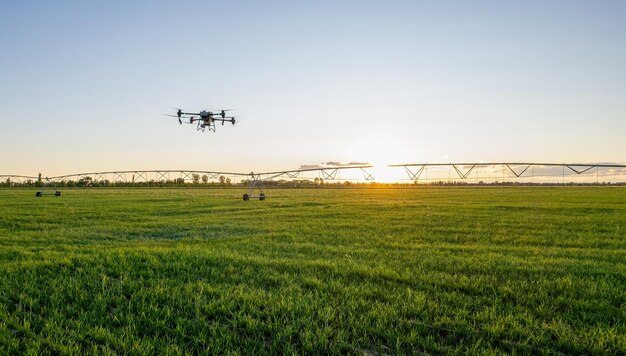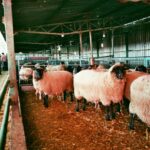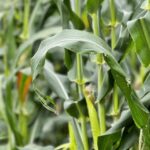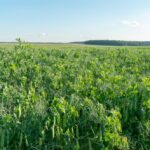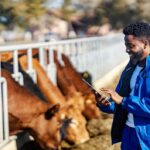Drones have revolutionized modern farming by providing real-time data for better crop management. With their ability to capture high-resolution images and analyze field conditions, drones help farmers monitor crop health, detect problems early, and improve yields. Here’s a guide on how to use drones effectively for crop monitoring and data collection.
1. Choosing the Right Drone for Agriculture
Selecting the right drone depends on your farm size, budget, and monitoring needs. Common types of agricultural drones include:
- Fixed-wing drones: Cover large areas quickly and are ideal for mapping and surveying.
- Multirotor drones: Offer high maneuverability and are great for targeted inspections and spraying.
- Hybrid drones: Combine the benefits of both fixed-wing and multirotor drones for greater flexibility.
Look for drones equipped with GPS, high-resolution cameras, and multispectral or thermal sensors for advanced monitoring.
2. Planning Your Flight Path and Data Collection
Before flying a drone, plan the route using specialized software to ensure efficient data collection. Most modern drones come with automated flight planning features that allow for:
- Pre-programmed flight paths to cover specific field areas.
- Altitude adjustments for optimal image capture and resolution.
- Real-time monitoring to make adjustments based on weather conditions.
Flying at the right height ensures you capture detailed images without excessive data overlap or missing areas.
3. Capturing and Analyzing Crop Data
Drones collect various types of data, including:
- Visual imagery: Helps identify crop stress, pest infestations, and irrigation issues.
- Multispectral imaging: Analyzes plant health by detecting differences in chlorophyll levels.
- Thermal imaging: Identifies temperature variations that may indicate water stress or disease outbreaks.
Once data is collected, use farm management software to process and analyze it. These insights help farmers make informed decisions on fertilization, irrigation, and pest control.
4. Monitoring Crop Health and Growth Stages
Drones provide frequent and detailed monitoring of crop development, allowing farmers to:
- Detect nutrient deficiencies through color variations in leaves.
- Identify pest infestations before they spread.
- Assess the effectiveness of fertilizers and irrigation.
Regular monitoring enables precision farming, reducing input waste and improving crop quality.
5. Improving Irrigation and Water Management
By analyzing moisture levels in soil and vegetation, drones help optimize irrigation schedules. Thermal imaging can pinpoint dry or overwatered areas, allowing farmers to adjust water distribution efficiently. This minimizes water waste while ensuring crops receive the right amount of moisture.
6. Enhancing Yield Predictions and Harvest Planning
Drones provide accurate field mapping, helping farmers estimate yields based on plant density and growth patterns. By assessing crop conditions, farmers can plan harvests better, allocate labor efficiently, and minimize post-harvest losses.
7. Reducing Costs and Increasing Efficiency
Using drones reduces the need for manual field inspections, saving time and labor costs. Instead of walking through acres of land, farmers can quickly assess large fields and address issues proactively. Drones also reduce pesticide and fertilizer use by enabling targeted application, lowering overall input costs.
8. Ensuring Compliance and Safety
Before using drones, check local regulations regarding flight restrictions, licensing, and privacy laws. Ensure drone pilots are trained to operate safely and avoid flying near power lines, roads, or populated areas.
Drones are a powerful tool for modern agriculture, providing valuable insights that enhance crop monitoring, improve efficiency, and increase yields. By integrating drones into farm management practices, farmers can optimize resources, reduce losses, and make data-driven decisions for a more productive and sustainable farming operation.
Join 'Farmers Mag' WhatsApp Channel
Get the latest Farming news and tips delivered straight to your WhatsApp
CLICK HERE TO JOIN
